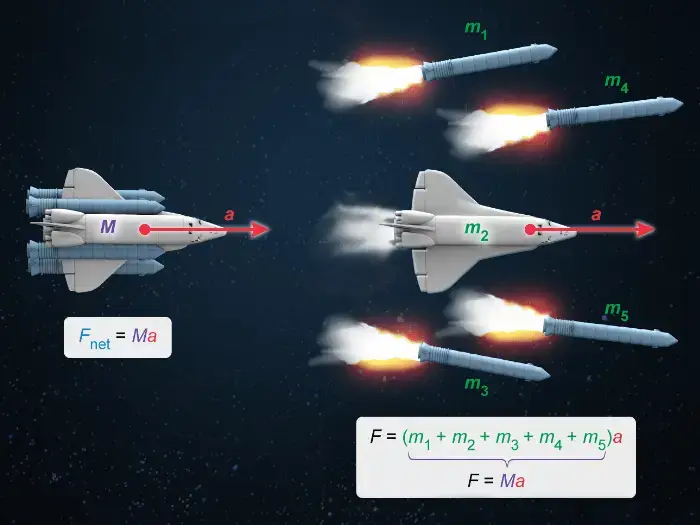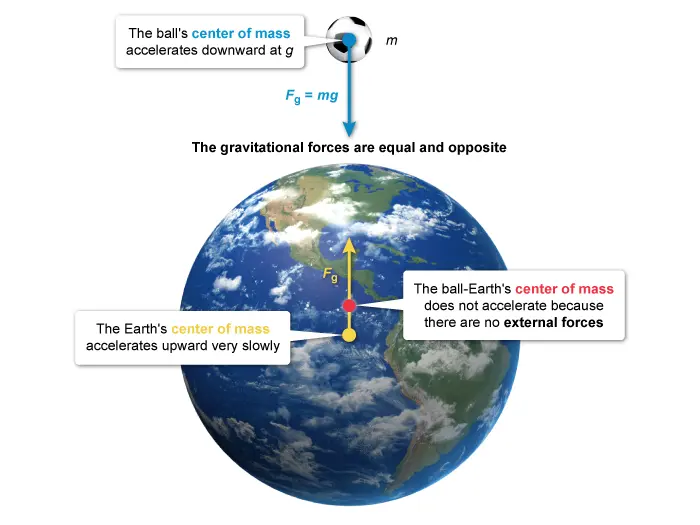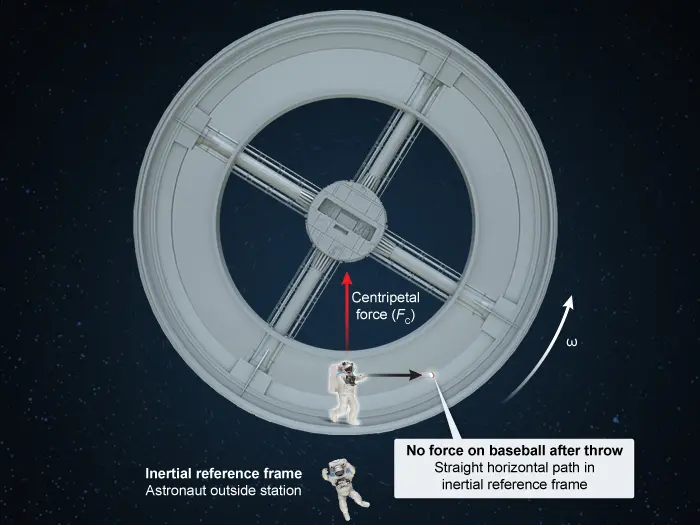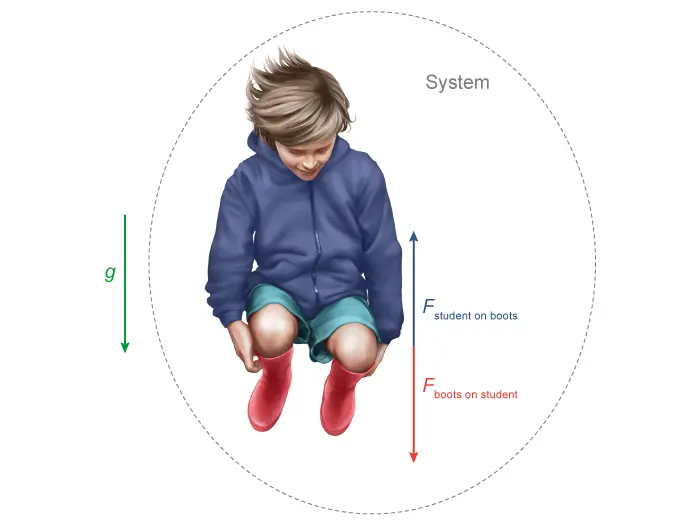AP® Physics 1 Equation and Formula Sheet
While the AP® Physics 1 equation sheet is hugely beneficial to students as a quick-check resource, it is still crucial to understand the material provided and be able to explain what the equations and/or expressions represent. In addition, it is expected that students have seen and used each of the listed equations in their AP Physics 1 classes and that the variables provided in the list of unit symbols are largely conventional and quickly recognized.
In any case, a student must be able to apply the equations and information provided in the AP Physics 1 formula sheet to scenarios presented in the multiple-choice and free-response sections of the AP Physics 1 exam. Below, you will find everything you need to know about the information provided on the AP Physics 1 equation sheet:



What is the AP Physics 1 Equation Sheet & Formula Sheet?
The AP Physics 1 equation sheet provides students with critical information necessary for success on the AP Physics 1 exam. The sheet includes the major equations used in each unit, the trigonometric functions used in the course, and other related constants, conversion factors, unit symbols, and prefixes. At first glance, a student might be overwhelmed by the AP Physics 1 formula sheet. However, the main purpose of the sheet is to provide an organized array of AP Physics 1 equations so that a student does not need to memorize everything.
Constants and conversion factors
Students are provided with important constants that are often needed throughout the AP Physics 1 exam. These values are typically naturally occurring and do not change:
| Proton mass, mp = 1.67 x 10-27 kg | Electron charge magnitude, e = 1.60 x 10-19 C |
| Neutron mass, mn = 1.67 x 10-27 kg | Coulomb's law constant, k = 1/4πε0 = 9 x 109 N.m2/ C2 |
| Electron mass, me = 9.11 x 10-31 kg | Universal gravitational constant , G = 6.67 x 10-11 m3/ kg.s2 |
| Speed of light, c = 3.00 x 108 m/s | Acceleration due to gravity at Earth's surface, g = 9.8 m/s2 |
Unit symbols
Next on the AP Physics 1 formula sheet are the unit symbols. There are many symbols, including greek letters, that can be used to represent the physical units associated with a number. Most symbols are chosen by convention and are used in the same way throughout various textbooks. Therefore, as shown below, the AP Physics 1 equation sheet provides a list of all the symbols that might be used on the AP Physics 1 exam:
| meter | m | joule | J |
| kilogram | kg | watt | W |
| second | s | coulomb | C |
| ampere | A | volt | V |
| kelvin | K | ohm | Ω |
| hertz | Hz | newton | N |
| degree Celsius | °C |
Prefixes
The scientific prefixes are used throughout various disciplines to represent large and small numbers in a more readable way. Thus, the prefixes listed below are printed on the AP Physics 1 equation sheet for easy reference:
| Factor | Prefix | Symbol |
|---|---|---|
| 1012 | tera | T |
| 109 | giga | G |
| 106 | mega | M |
| 103 | kilo | k |
| 10-2 | centi | c |
| 10-3 | milli | m |
| 10-6 | micro | µ |
| 10-9 | nano | n |
| 10-12 | pico | p |
Values of trigonometric functions for common angles
A chart on the AP Physics 1 formula sheet includes the values for the sine, cosine, and tangent at several common angles. These are known as trigonometric values:
| θ | 0° | 30° | 37° | 45° | 53° | 60° | 90° |
| sinθ | 0 | 1/2 | 3/5 | √2/2 | 4/5 | √3/2 | 1 |
| cosθ | 1 | √3/2 | 4/5 | √2/2 | 3/5 | 1/2 | 0 |
| tanθ | 0 | √3/3 | 3/4 | 1 | 4/3 | √3 | ∞ |
Equations commonly used in physics for mechanics
The AP Physics 1 equation sheet contains all of the formulas and relationships that are needed to solve problems related to one-dimensional kinematics, Newton's laws of motion, work and energy, impulse and momentum, rotational motion, and simple harmonic motion. The breakdown of these equations is explained below:
One-dimensional motion

Newton's laws of motion
Work and energy
Impulse and momentum
Rotational motion
Simple harmonic motion
Equations commonly used in physics for geometry and trigonometry
The AP Physics 1 equation sheet also contains all of the mathematical formulas and relationships that could be needed to deal with geometry and trigonometry. These equations can be used to determine areas, volumes, and right-triangle side and angle relationships.

Geometry
The equations necessary to calculate the area, circumference, volume, and surface area are provided for a rectangle, triangle, circle, rectangular solid, cylinder, and sphere. The area of a rectangle and a triangle are most useful from this section as they are needed to determine the area under the curve for various graph-related questions.
Trigonometry
The right triangle relationships listed on the equation sheet are extremely important when dealing with vector relationships on the AP Physics 1 exam. The sine, cosine, and tangent of an angle within a right triangle are related to specific ratios involving the length of the sides of the right triangle. Moreover, the Pythagorean theorem states that the square of the hypotenuse is equal to the sum of the squares of the other two sides of the triangle.

Using the AP Physics 1 Formula Sheet
As you work through multiple-choice and free-response questions for the AP Physics 1 exam, be sure to reference the AP Physics 1 equation sheet often! Prior to taking the exam, you should become familiar with the layout of the AP Physics 1 formula sheet (ie, where in the formula sheet certain equations/constants are located) so that you can quickly find them when solving a problem.
With this knowledge, you'll be able to quickly find equations and information as needed on exam day!